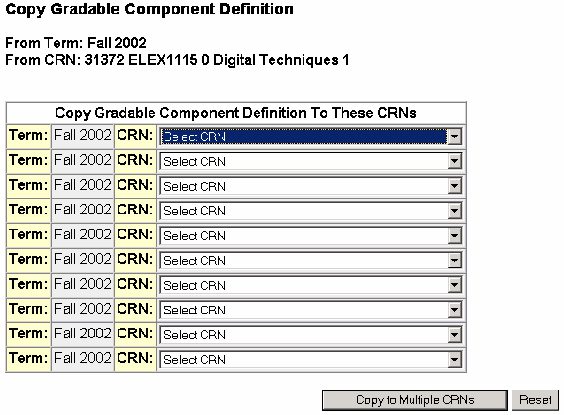


It’s important to note that SSO solutions perform authentication - not end-to-end encryption. SSO solutions were created to address this problem, but many legacy (and even many newer) applications don’t support SAML protocols.
ONLINE GRADEKEEPER PASSWORD
Gartner found that up to 50% of helpdesk calls are for password resets, and another study showed each call costs more than $30. Implementing two-factor authentication (2FA) and role-based enforcement policies help keep businesses of any size safe from ransomware and other password-related data breaches.Įmployees use weak passwords and still forget them.
ONLINE GRADEKEEPER SOFTWARE
The software generates high-strength, random passwords and tracks security and compliance throughout the organization. Compounding the stolen credential problem is the fact that IT and security teams have no visibility or centralized control over the passwords used to access company assets.ĭeploying a zero-trust password management platform is absolutely essential for preventing the most common data breaches.

Every few seconds, an organization is hit with a ransomware attack. This represents the most pervasive cyberattack landscape the world has ever seen. They do this because they know that more than 60% of the time, employees and contractors reuse the same password or use common-stolen passwords on multiple websites, applications and systems. Moreover, organizations are unaware of the existential Dark Web threat, where cybercriminals transact on more than 20 billion stolen usernames and passwords from public data breaches, to target websites, applications, databases and systems. Despite this, employees and contractors often use weak passwords and reuse them. Passwords are frequently the only thing protecting confidential business plans, intellectual property, network access, and confidential information belonging to employees and customers. With over 80% of data breaches being related to weak or stolen passwords, credentials and secrets, cybersecurity must start with password security. Stolen credentials are the root cause of most breaches, and this problem is growing as the attack surface expands in today’s multi-cloud, work-from-anywhere environment. Users resort to reusing passwords that are easy to remember, but also easy for threat actors to guess. Strong and unique passwords are necessary, but employees cannot remember the hundreds of passwords they typically need for their jobs. These credentials are often obtained by exploiting password vulnerabilities such as weak and reused passwords. Strengthen your organization with zero-trust security and policiesĪchieve industry compliance and audit reporting including SOX and FedRAMPĪutomate credential rotation to drastically reduce the risk of credential-based attacksĬybercrime is on the rise, and threat actors are launching sophisticated attacks that gain access to your business through stolen credentials. Restrict secure access to authorized users with RBAC and policies Initiate secure remote access with RDP, SSH and other common protocols Manage and protect SSH keys and digital certificates across your tech stack Privileged Session ManagementSecurely manage applications and services for users, teams and nodes.Protect critical infrastructure, CI/CD pipelines and eliminate secret sprawlĪchieve visibility, control and security across the entire organization Password SharingSecurely share passwords and sensitive information with users and teamsĮnable passwordless authentication for fast, secure access to applications.Seamlessly and quickly strengthen SAML-compliant IdPs, AD and LDAP Protect and manage your organization's passwords, metadata and files


 0 kommentar(er)
0 kommentar(er)
